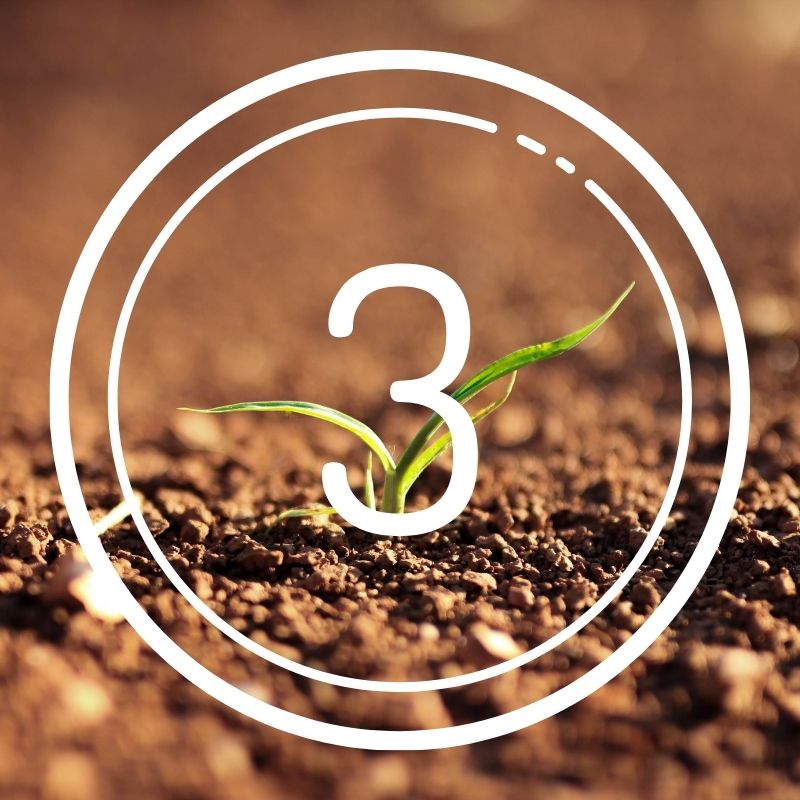 Gardening with healthy soil is the foundation for producing healthy plants. The soil in your garden is the main storage warehouse for all of the elements needed to grow healthy plants including nutrients, air, water, and organic matter. Preparing your soil for gardening is something that you can do to support healthy plant roots, plant health, and can be improved upon each year. Soil that is not properly cared for can quickly become suitable for growing nothing but weeds.
Gardening with healthy soil is the foundation for producing healthy plants. The soil in your garden is the main storage warehouse for all of the elements needed to grow healthy plants including nutrients, air, water, and organic matter. Preparing your soil for gardening is something that you can do to support healthy plant roots, plant health, and can be improved upon each year. Soil that is not properly cared for can quickly become suitable for growing nothing but weeds.
How to Improve Your Soil for Gardening
All soil is not alike and can be different in many ways. When getting ready to plant your garden this year and you want to make sure your soil is in the best shape for a healthy, successful crop, remember to consider the three very distinct ways that soil differs.
The top 3 considerations to prepare your soil for gardening include:
- Soil Texture
- Soil Fertility
- Chemical Balance
Soil Texture
The texture of soil depends on the amounts of sand, clay, or silt that it contains. Some soils are very sandy, and as we know not much grows in the sand at the beach. Large grains of sand allow water to flow right through and can get extremely hot in direct sunlight.
Soils which contain a lot of clay are on the other extreme and can hold too much water and not allow enough airflow. Clay takes longer to warm up in the spring and can get brittle and cracked when dry.
The ideal garden would consist of loam, which means soil with approximate equal amounts of sand, clay, and silt. Good garden soil should not crack when dry and should crumble when forced between your fingertips instead of forming a hard ball in your hand. To improve the soil in your garden you can add organic matter.
Organic matter includes grass clippings, leaves, manure, and compost. This provides minerals which are essential for vigorous plant growth. Turning organic matter into soil helps sandy soils to retain more moisture and fertility and helps to break up clay particles.
Soil Fertility
The three main macronutrients that plants need to thrive, meaning these are the nutrients pulled most from the soil, include nitrogen, phosphorus, and potassium. These are often referenced on fertilizer products as N – P – K with the ratio noted.
Nitrogen supports plants for green leafy growth. Phosphorus promotes healthy seed formation, fruit, and strong roots. Potassium gives plants vigorous growth and resistance to disease.
Some vegetable blends may be noted as 5 – 10 – 10. Fertilizers for lawns may show a higher nitrogen number to support more green growth and foliage, this may not be what you want in your garden. You can purchase an inexpensive do-it-yourself soil test kit to determine if your soil is lacking vital nutrients.
Chemical Balance
Plants thrive when the soil is in a range of being acidic and alkaline, expressed as a pH value. The pH value is expressed on a scale of 0 to 14, with most plants doing best when the pH is right in the middle in the range of 6.5 to 7.5. Some plants, however, do better in more acidic soil like blueberries, or azaleas. A soil test kit will also tell you the pH value of your soil. Your garden store can help direct you on the right product to get your soil and pH into the ideal range for your garden.
RainMakers Supply has all the gardening supplies you need whether growing outdoors or with an indoor hydroponic growing system. We offer a wide selection of quality soils and nutrients combined with knowledgeable customer service. Contact us with any questions on how to prepare your soil for successful gardening.
